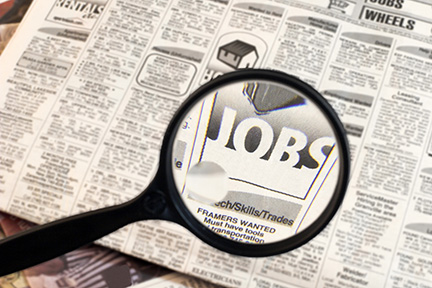
Oregon’s Unemployment Rate Drops to 5.1%
Oregon’s Unemployment Rate Drops to 5.1%
The State of Oregon Employment Department’s year-end release reported the Central Oregon region netted over 2,700 new jobs through the course of the year. The